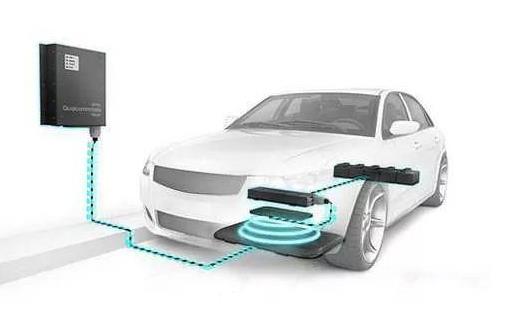Answer: can the new energy charger for electric vehicles be universal?
Views : Update time : 2021-08-20
In fact, electric vehicle chargers can not be used in general theoretically. This is the same as the principle of mobile phone chargers. It mainly depends on whether the voltage and current are consistent. Generally, chargers of the same brand are more likely to be used in general. However, it is still necessary to check whether the voltage and current match when using them. Many users feel that they can be used as long as they can plug in and turn on the light, In fact, it's easy to charge the battery in this way. Let's take a look at it together with WISEPOWER:
Some precautions for the use of new energy chargers:
1. Since the variant of constant current charging is subsection constant current charging, the charging current should be adjusted in time to avoid excessive current in the later stage of charging. Moreover, the size of the charging current, the charging time, the timing of the conversion current and the selection of the charging termination voltage must strictly implement the charging specifications;
2. The residual capacity of each charged battery shall be close to each other, otherwise the charging current must be selected according to the battery with the smallest residual capacity of the series battery pack, and when the small capacity battery is sufficient, it shall be removed immediately, and then the large capacity battery shall be charged;
3. During the charging process, the single cell voltage of the battery shall be detected every 2 ~ 3H. If the voltage has reached 2.4V, it shall be transferred to the second stage of charging in time;
4. When the electrolyte temperature rises to 40 ℃ during charging, the charging current shall be halved. If it continues to rise to 45 ℃, it shall be stopped. The charging can be continued only after the temperature drops below 40 ℃;
5. The electrolyte density of the charged battery shall meet the specified requirements, and the density difference of electrolyte between each single cell shall not exceed 0.01g/cm3.
